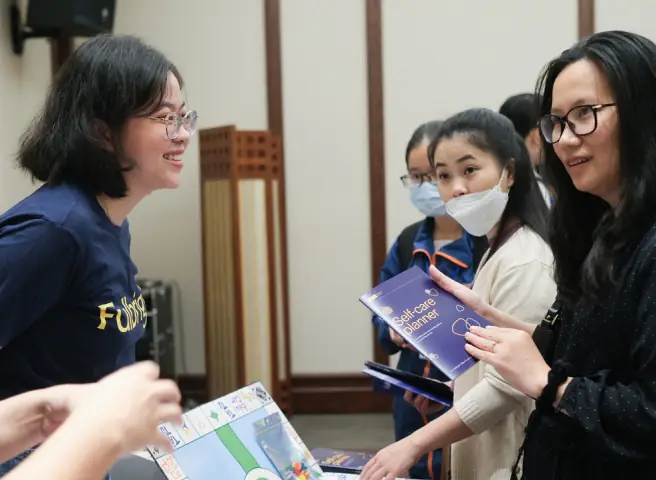Signals are everywhere. By definition, a signal is any observable change in quantity over space or time. It could help observers to obtain information about a phenomenon. In nature, signals can be actions done by organisms to alert other organisms or sounds or motions by animals to alert other animals of danger or food. Advances in technology have improved the capabilities of human beings to identify, analyze and even synthesize diverse information sources such as audio (speech, acoustics, music), image (photos, videos, multimedia, medical scans), medical signals (heart rate, blood pressure, brain activity) and remote sensing data (geophysical, sensing, radar). In principle, signals could be represented as data values or abstractly as mathematical expressions. A system converts or manipulate an input signal into an output signal. Examples of systems are face recognition, video streaming, cellular phones, and smart homes. In this course, students will learn to use mathematical theory and computer simulation to develop models, to analyze and to manipulate signals and systems that vary in continuous-time and discrete time. Specifically, the course covers representation of signals and systems, systems properties, conversion between continuous-time and discrete-time, Laplace, Fourier and z-transforms, transfer functions, frequency responses, convolution, stability, feedback and control systems. Students will gain hands-on experience on how to process various types of signals and to analyze and design systems by computer simulation using MATLAB or a similar software package. Course
Introduction
offering time
Spring 23
Major
Faculty
Truong Trung Kien
Category
Exploratory
Course code





